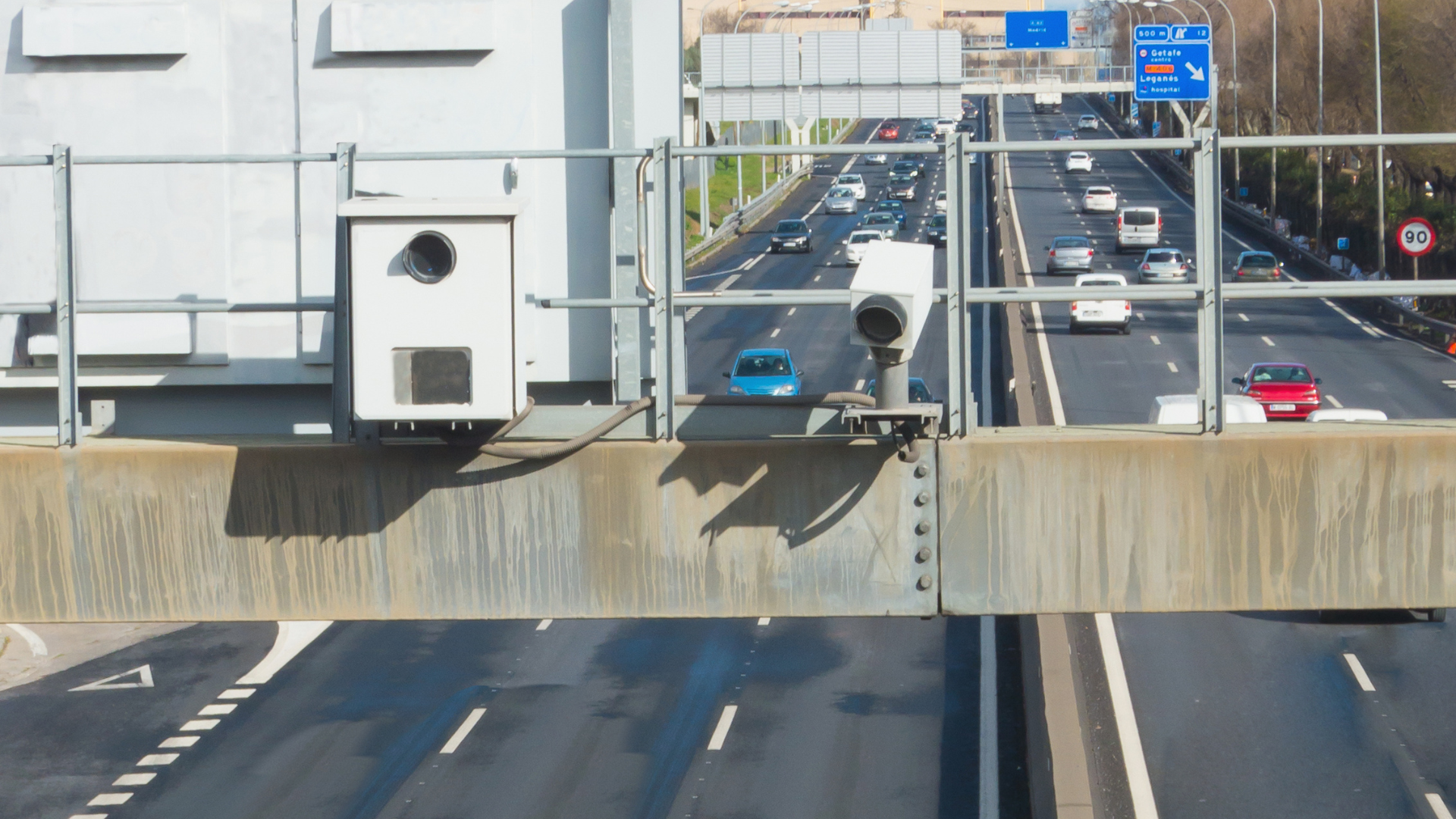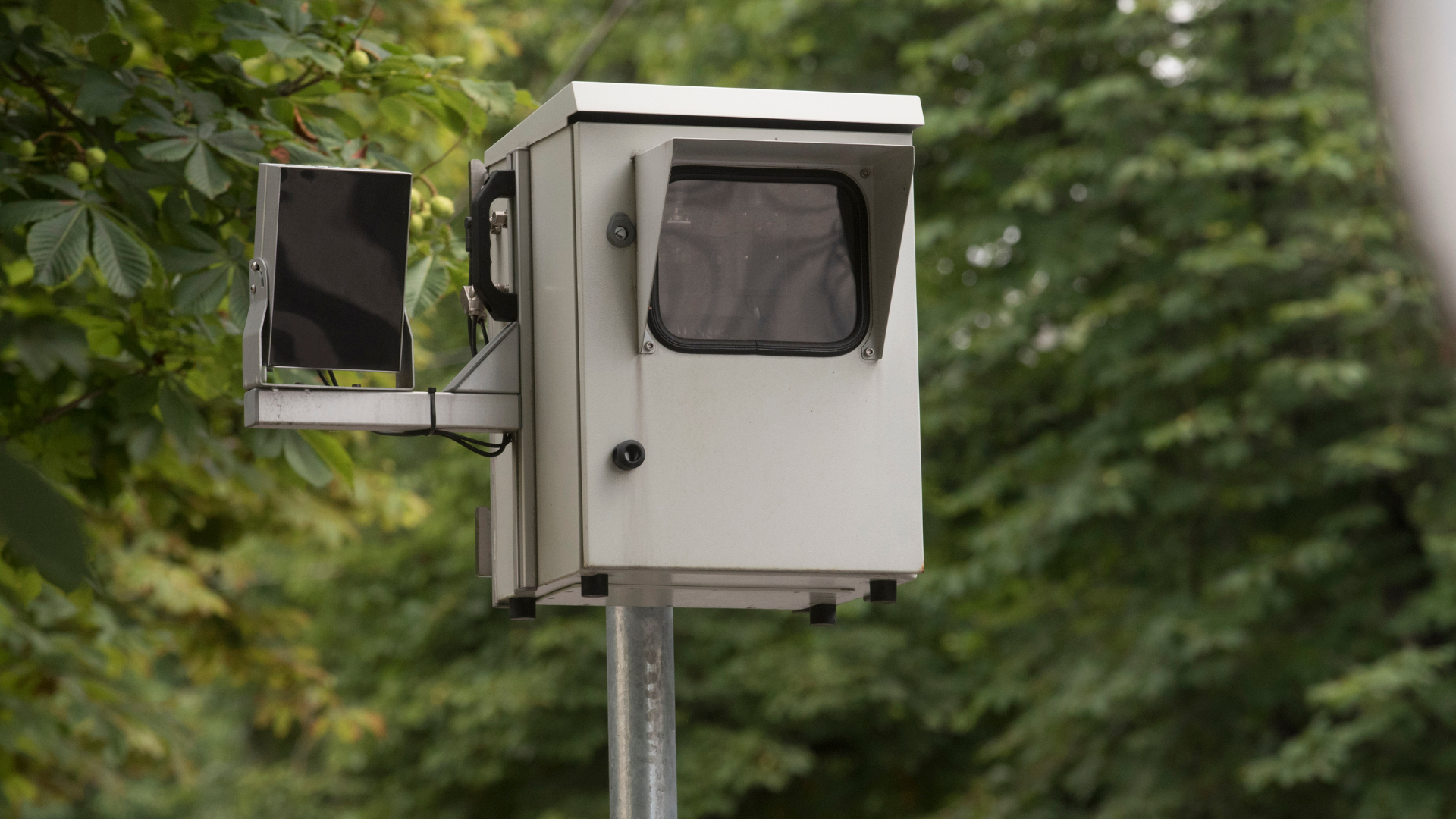
The Arizona Senate has taken a major step toward eliminating photo radar traffic enforcement by preliminarily approving a ballot measure that would ban the use of automated speed and red-light cameras statewide. For some Valley residents, this is welcome news. While these cameras were originally introduced as a tool to improve road safety, they have been criticized by some as a revenue-generating system that unfairly targets drivers and erodes public trust.
One of the biggest complaints about photo radar enforcement is that it prioritizes ticketing over actual public safety. Unlike traditional traffic stops, where an officer can assess the situation in real time, automated cameras issue tickets without considering context. Drivers who roll through a red light when making a right turn or slightly exceed the speed limit on an open road can receive citations in the mail weeks later. Some believe this system is less about preventing dangerous driving and more about filling city coffers. Some reports have shown that a significant portion of revenue from these tickets goes to private companies that operate the cameras rather than directly funding public safety improvements.
For Scottsdale drivers, those who support the elimination of photo radar support a return to human traffic enforcement. They argue that law enforcement officers would focus on stopping truly reckless drivers—those who are speeding excessively, driving under the influence, or engaging in aggressive road behavior. This shift would allow officers to use their judgment in determining whether a ticket is justified, rather than issuing photograph-enforced citations.

There has long been a question as to whether photo radar improves traffic safety. Some studies suggest a reduction in red-light running at camera-monitored intersections, while others indicate that rear-end collisions increase as drivers slam on their brakes to avoid a ticket. Critics argue that automated enforcement doesn’t address the root causes of accidents, such as distracted driving, impairment, and reckless behavior. They content that without human judgment involved, cameras simply punish drivers after the fact rather than preventing unsafe driving in real time.
 If the ballot measure is approved, Scottsdale and other Arizona cities would need to reevaluate their approach to traffic safety. Some residents would welcome a return to traditional enforcement methods, where officers are present to monitor roads and deter dangerous behavior on the spot, while others may be concerned about the impact of the removal of these cameras on public safety and potential increased government costs to police traffic using officers. Some contend that removing photo radar might restore public trust in traffic laws, as drivers will no longer feel they are being unfairly targeted by machines that cannot distinguish between minor infractions and genuinely reckless driving.
If the ballot measure is approved, Scottsdale and other Arizona cities would need to reevaluate their approach to traffic safety. Some residents would welcome a return to traditional enforcement methods, where officers are present to monitor roads and deter dangerous behavior on the spot, while others may be concerned about the impact of the removal of these cameras on public safety and potential increased government costs to police traffic using officers. Some contend that removing photo radar might restore public trust in traffic laws, as drivers will no longer feel they are being unfairly targeted by machines that cannot distinguish between minor infractions and genuinely reckless driving.
As the debate over photo enforcement continues, the upcoming vote will give residents a chance to decide whether automated enforcement has a place in their communities or if only police officers will enforce traffic violations in Arizona.
Works Cited
Arizona State Senate Issue Brief - Arizona Legislature. (2022). "Photo Traffic Enforcement."
azleg.gov
City of Scottsdale. (n.d.). "Photo Enforcement - City of Scottsdale."
scottsdaleaz.gov
Fox 10 Phoenix. (2023). "Bill banning photo radar enforcement in Arizona advances in the legislature."
fox10phoenix.com
Fox 10 Phoenix. (2023). "Photo radars in Arizona could be a thing of the past if proposed bill passes."
fox10phoenix.com
Fox 10 Phoenix. (2023). "Hobbs vetoes Arizona photo radar ban bill.




